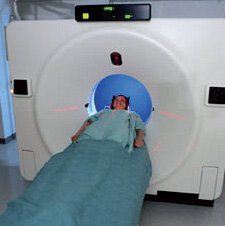The life of a space mission
At ESTEC, staff are simultaneously working on the defining of future missions, technology development, space projects under development and spacecraft that are in operation.
Many things are incorporated into the design of spacecraft, making trade-offs between the latest technologies available, mission requirements, systems engineering and launcher capacities. Lessons from past experience are also some of the main design ‘drivers’. This cycle has already resulted in dozens of successful missions - making space exploration in Europe a part of our daily lives.
Birth of a mission
Every project starts with an idea for scientific research or an application. Together with industrial partners, ESTEC engineers work out preliminary designs and trade-offs for the satellites and the whole mission.
Developing a mission
European companies build the satellites and its ground facilities, and are managed by an ESA project team at ESTEC that monitors progress and ensures that all requirements for performance, cost and schedule are met.
Checking the equipment

Every instrument and piece of software are tested many times, both individually and on the satellite, over many months, until we have verified that the spacecraft will be able to fulfil its mission and withstand environmental extremes.
Lessons learnt
A space mission may answer many questions, but it also raises new ones. The latest results or satellite performance can influence the design and techniques used in future missions. Updates in technology and materials are fed into the designs of the next generations of new missions and spacecraft.
Bringing space back to Earth

Space technology is not only essential for satellites: it also leads to new products, applications and services on Earth. ESTEC is stimulating innovative uses of space technology for new business through the Technology Transfer Programme.
Bringing a mission alive
After launch, responsibility for the satellite passes to an operations team, usually at ESA’s European Space Operations Centre (ESOC) in Germany - Europe’s ‘mission control’. Here, ESTEC specialists are involved in instrument configuration and ‘orbit acceptance’, and solving any problems that could occur in space.



